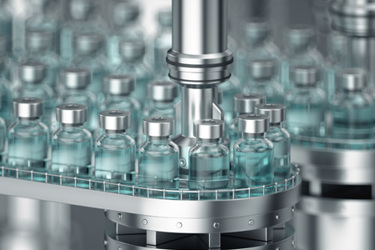Separation Anxiety: Exploring The Challenges Of Cell Dissociation In Vaccine Manufacturing

To safely and rapidly produce vaccines, manufacturers often rely on trusted methods and popular adherent cell lines like Vero, MDCK, and MRC-5. A critical step in this process is cell dissociation, where cells are detached to support continued growth, scale-up, and harvesting. The three main methods to achieve this are mechanical, chemical, and enzymatic dissociation. While enzymatic agents like trypsin are popular for their efficiency, they are not without challenges. As an animal-origin product, trypsin can introduce variability and impurities, potentially impacting yield and even product safety. This has led many to consider animal-origin-free alternatives to improve consistency and supply.
To learn how innovative dissociation agents can optimize your workflow, read the full article.
Get unlimited access to:
Enter your credentials below to log in. Not yet a member of Bioprocess Online? Subscribe today.
